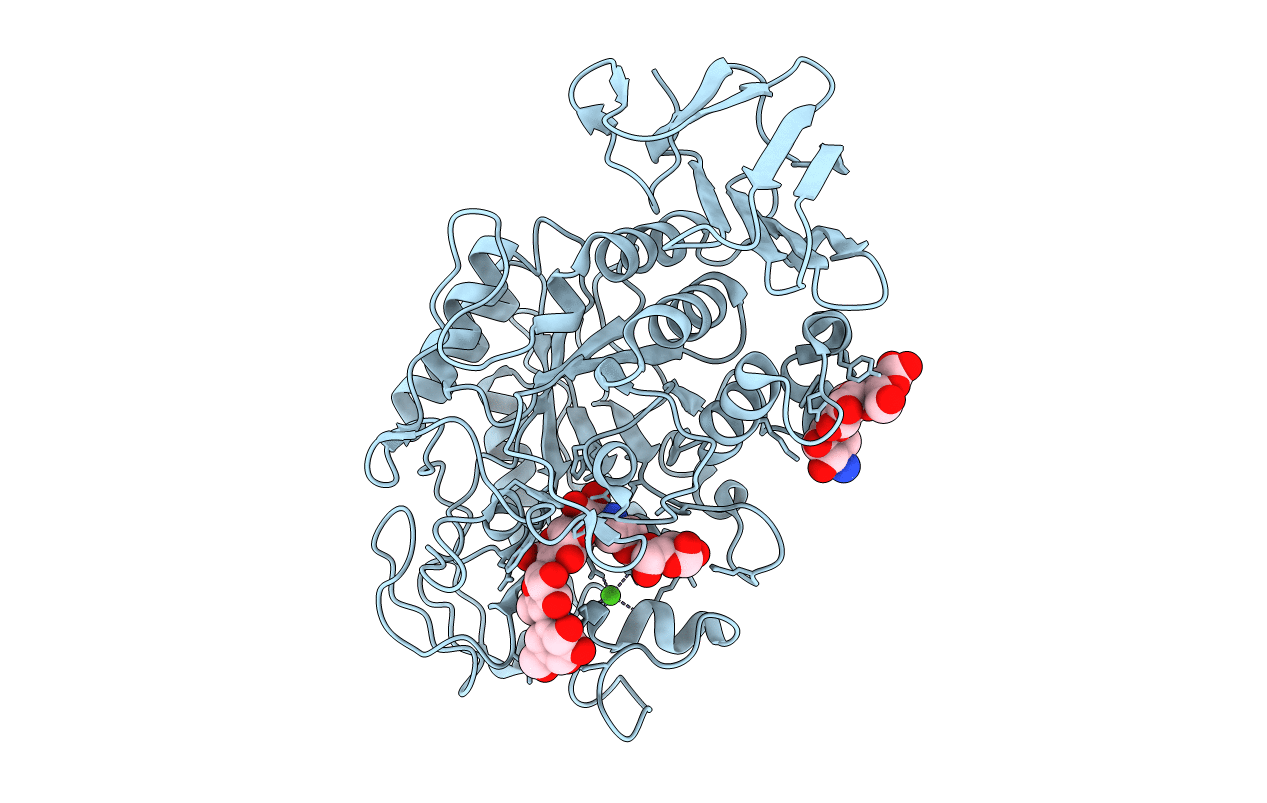
Deposition Date
2002-08-13
Release Date
2002-11-20
Last Version Date
2024-10-30
Entry Detail
PDB ID:
1MFV
Keywords:
Title:
Probing the role of a mobile loop in human slaivary amylase: Structural studies on the loop-deleted enzyme
Biological Source:
Source Organism:
Homo sapiens (Taxon ID: 9606)
Host Organism:
Method Details:
Experimental Method:
Resolution:
2.00 Å
R-Value Free:
0.19
R-Value Work:
0.16
R-Value Observed:
0.16
Space Group:
P 21 21 21


